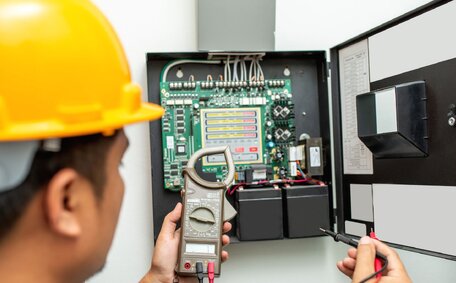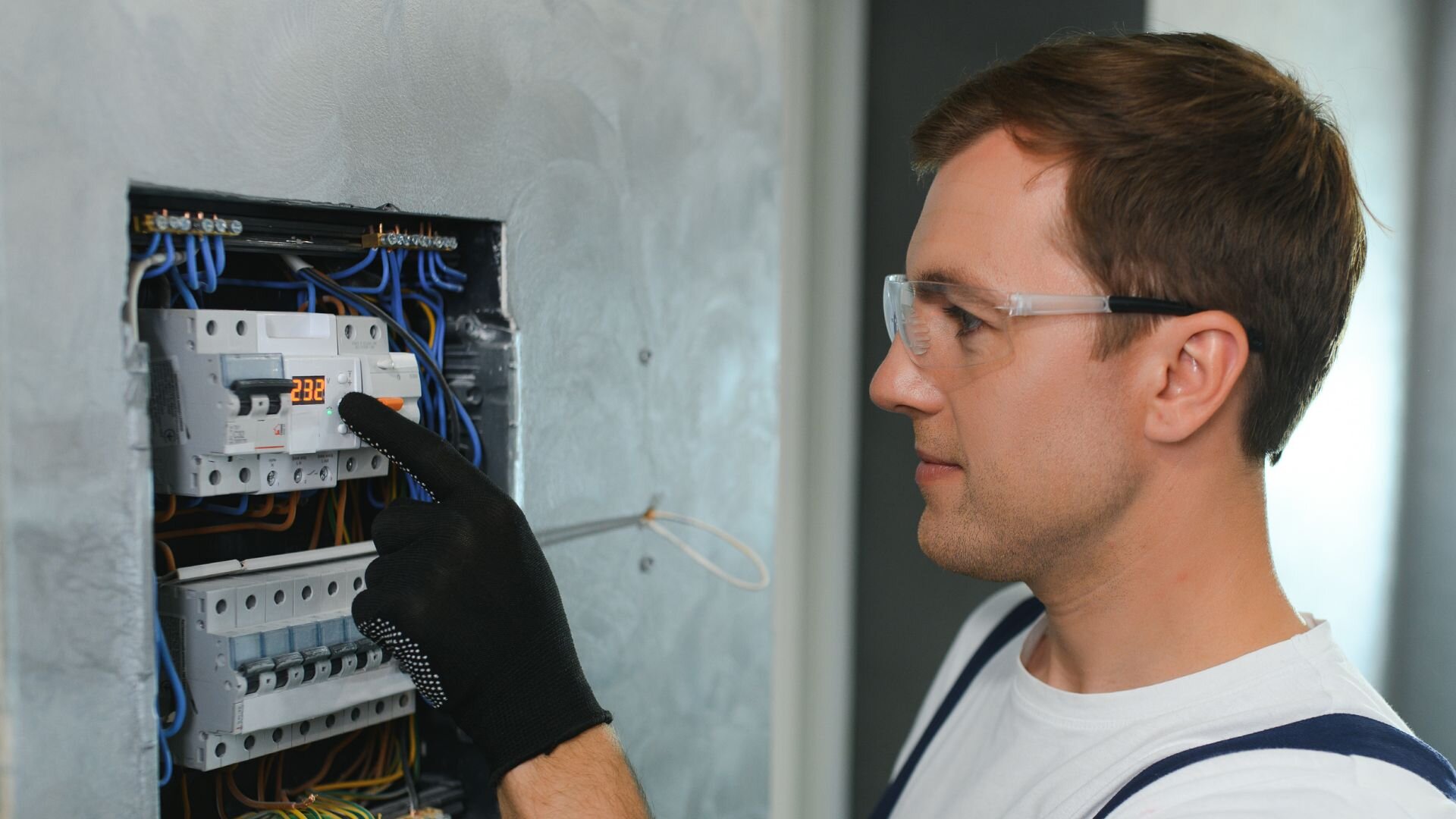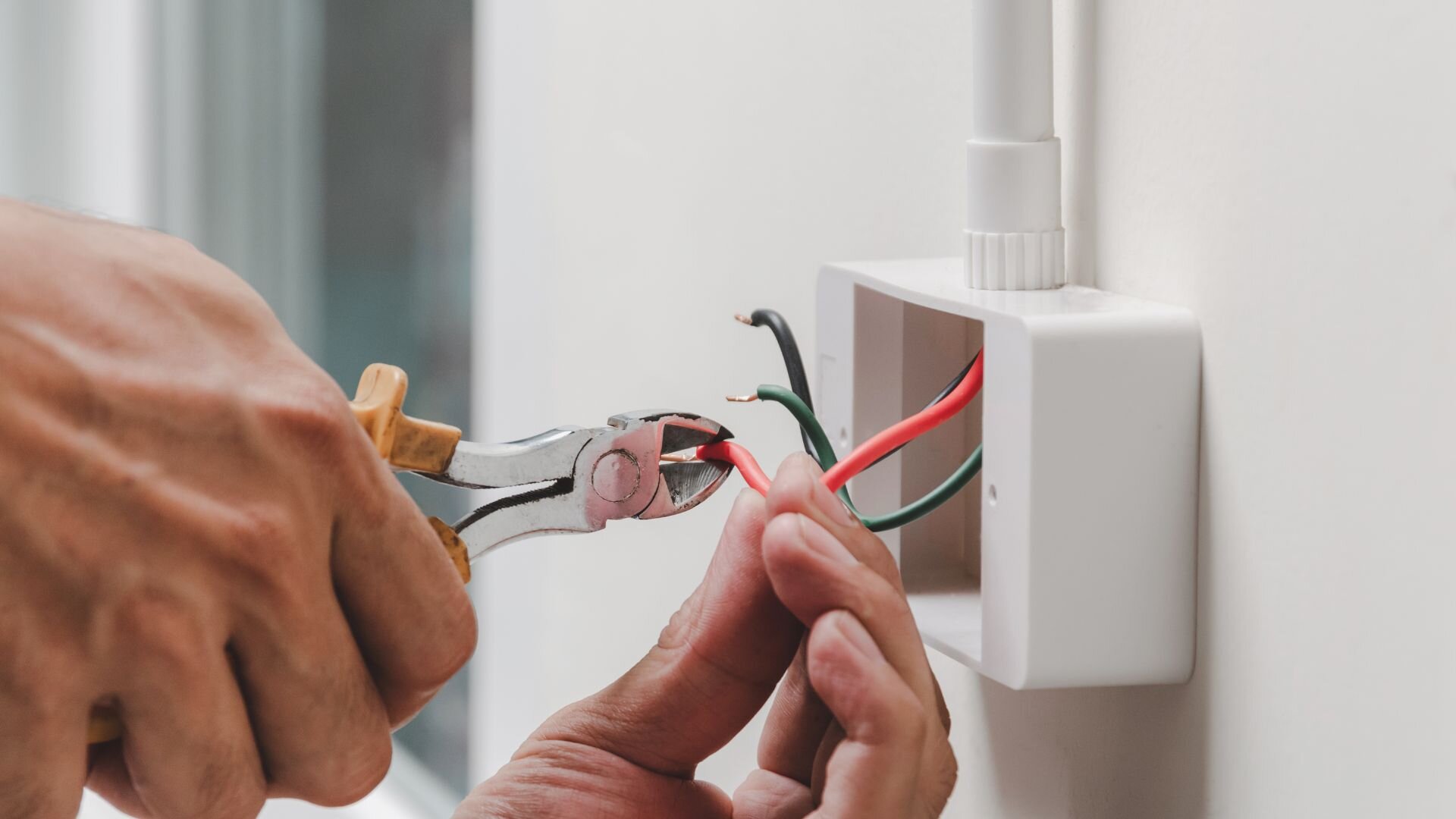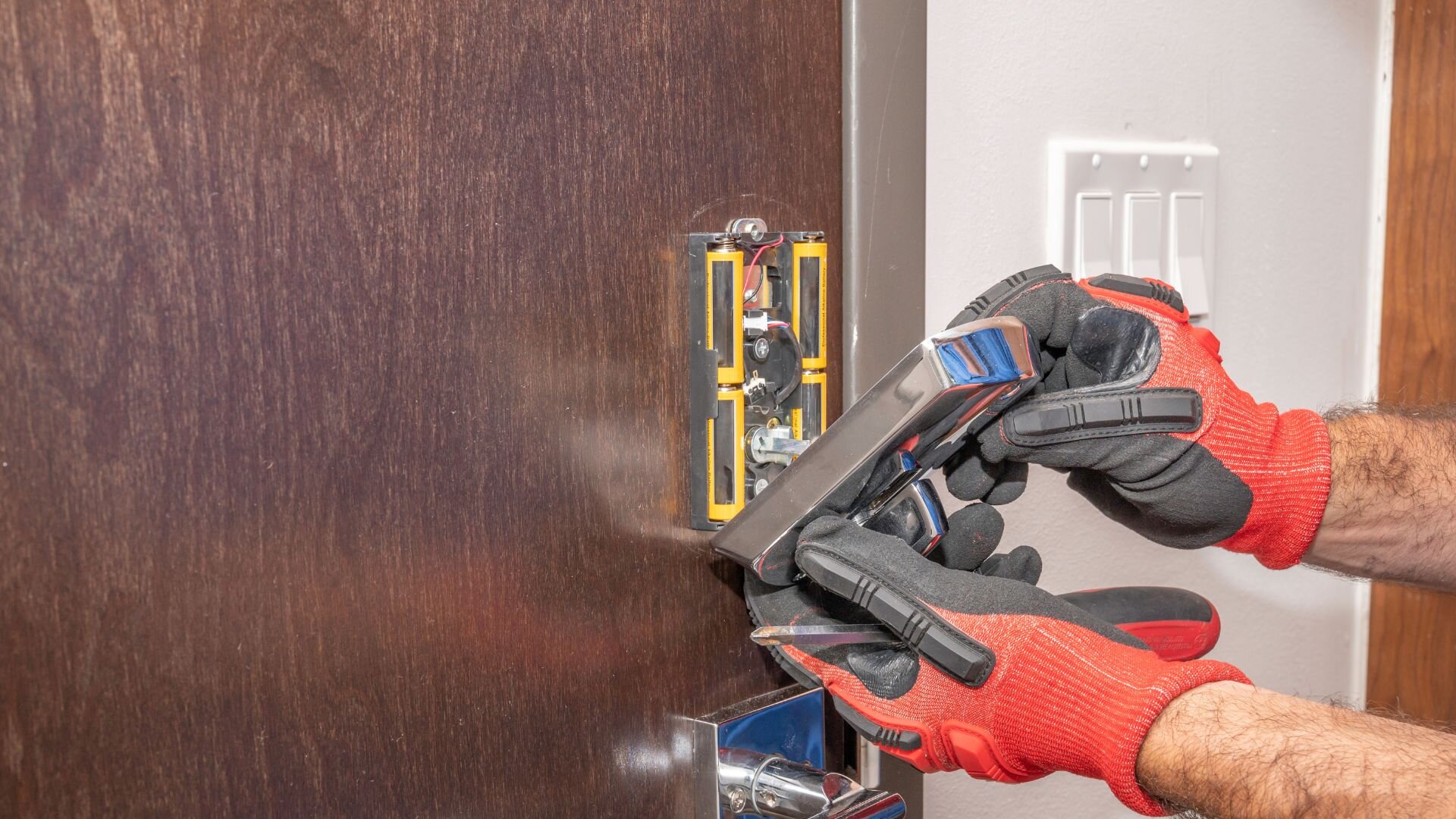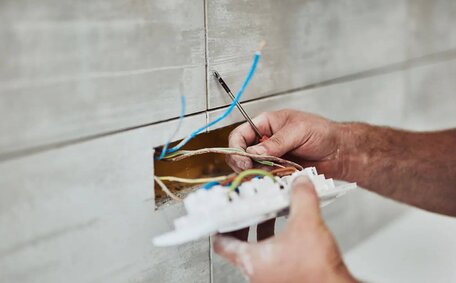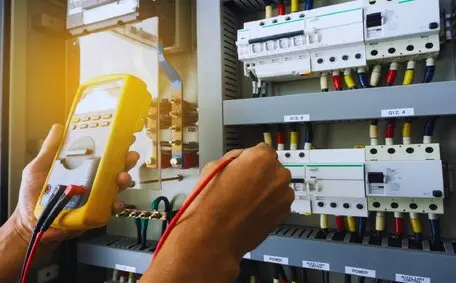An electrical system is integral to the reliable operation of any home or business. It powers critical components, from lighting and appliances to security systems. Maintaining a properly functioning electrical network is key to safety and smooth operations.
Over time, if left unattended, aging wiring can start to break down. Those minor issues can quickly snowball if ignored. For example, a loose connection that causes flickering can escalate into overheating, creating a potential fire hazard.
This article outlines some of the most common warning signs property owners have previously overlooked. The goal is to help spot concerns in their initial stages before further development. Minor prevention and prompt attention to small issues save safety risks and repair budgets versus delayed action later on. Awareness of these signs streamlines proactive system upkeep.
Flickering Lights
A home or business’s electrical system is the backbone that powers everything from lighting and appliances to safety and security systems. A reliable and properly functioning electrical network is crucial to operations and prevents hazards. However, as wiring ages after years of use, it can slowly start to deteriorate if issues aren’t addressed promptly.
Flickering or unstable lights are often the most obvious signs your electrical system needs attention. The causes can be minor, making it important to tackle flickering issues early, before they escalate.
One usual culprit is loose connections at light switches, outlets, junction boxes or light fixtures themselves. Natural vibrations from daily use, along with corrosion build-up over extended time periods, can cause wire joints and screws to loosen gradually. This creates intermittent resistance and overheating challenges.
Other typical causes include worn-out or cracked switches and wall plates that require replacing. Rodent damage hidden inside walls is another possibility. No matter the root, flickering indicates an abnormal resistance point forming somewhere within the circuit.
It’s especially concerning if flickering occurs when certain appliances turn on, signalling potential circuit overloading. This points to a panel or breaker upgrade as a solution. Flickering affecting multiple lights together usually points to a wiring fault rather than isolated fixtures.
If flickering happens more often or becomes more severe, it probably means the issue is getting worse. It’s crucial not to ignore these early warnings; loose connections can heat up friction points and pose a fire hazard. Get a licensed electrician to inspect if you notice flickering lights, even occasionally or when there’s a load. Equipped with thermal imaging and testing tools, they can pinpoint the defective part before the issue grows. Tackling problems early helps avert outages and costly repairs.
Frequently Blown Fuses or Tripped Breakers
Repeatedly blown fuses or circuit breakers tripping are another tell-tale sign that an electrical system requires maintenance. The most common culprits are overloading issues and faulty wires that develop poor connections or shorts over time.
Too many high-powered devices running simultaneously can overload a circuit. This may be because essential outlets were added without first properly upgrading the service panel. It’s not always obvious which new additions have pushed a circuit over capacity.
![2024 04 Testing For Electrical Maintenance Testing Electrical Maintenance]()
Worn wires vibrating inside walls for years can cause microscopic breaks in the insulation, leading to shorts and overload trips. Rodent chewing insulation also causes this. Corrosion at connectors causes impedance that generates excess heat, again tripping safety switches.
It’s critical not to simply replace blown fuses or manually reset tripped breakers without determining the root cause, as this can cause fires. The problem will persist and potentially worsen with each reset. A qualified electrician needs to examine each circuit with specialised equipment to locate potential overloads or short circuits developing underground in inaccessible areas.
Ignoring repeated safety switch activations indicates an underlying problem that won’t resolve itself. It’s better to spend time and money on a full circuit review than facing potential fire hazards or damage to expensive appliances and equipment down the road. Prompt attention avoids escalating repairs and future outages.
Appliances Not Working
Another warning sign is appliances suddenly failing to operate properly or entirely. This usually indicates underlying circuit issues that an electrician should trace.
Loose or corroded connections causing intermittent breaks in power delivery are common culprits. Over decades, old switches and outlets can easily develop high-resistance cracks or joints. Worn plug prongs may also be to blame.
Electricity inside refrigerators or garage door openers running sluggishly points to inadequate power from deteriorated wiring. Copper conductors lose conductivity capacity as they age, reducing circuit ability.
If you’re noticing issues only with appliances on a specific branch circuit, it could signal a fault in that particular set of wires and outlets. Make a note of which outlet an appliance was plugged into when it stopped working. This will help pinpoint the faulty wiring needing repair.
Appliances that once operated normally but now weakly spark without fully powering on are a definite problem sign. This results from high impedance, which reduces current flow within the circuit. Addressing appliance failures helps prevent potential larger issues or fires from developing further downstream.
Don’t try troubleshooting complex wiring yourself—call an expert. Their diagnostic tools can swiftly track the source, whether it’s particular outlets, connections, or deterioration along runs requiring replacement or upgrading conductors.
Damaged Wiring and Fixtures
Visible physical defects in a home’s electrical system should never be overlooked, as they pose an electrocution risk or fire hazard if left unrepaired. Cracks, nicks, charring or loosening of any component part signals an immediate need for inspection.
![2024 04 Rewiring Electrical Outlet Rewiring Electrical Outlet]()
Rodent or insect damage is common in older homes, so closely examine wire sheathing for punctures or fraying, especially in attics, crawlspaces or behind walls. Even small openings allow potential nesting material to contact live conductors. Chewing through sheathing or cords internally destroys protective layers.
Likewise, pay attention to wall boxes housing switches and outlets. Cracks, rusting, or loosening indicate long-term vibrations that degrade mounting integrity over decades. Peeling paintwork may also hide deteriorating knob-and-tube wiring that is long overdue for replacement.
Signs like fusing, scorch marks, or heat discolouration around connections or outlets indicate friction build-up, signaling the need for an inspection. Loose screw terminals can turn into arcing points or shock hazards when under load.
An expert evaluation is key if outdated cloth-wrapped wiring or symptoms suggest corrosion risk from age, moisture or nearby water sources like faulty supply lines. Early diagnosis addresses safety before escalating issues emerge, requiring extensive repairs or full rewiring.
Outside Factors
While normal wear and tear affect wiring quality over decades, environmental factors can exponentially accelerate deterioration. Natural disasters such as high winds, flooding, or debris strikes often damage exterior electrical components hidden within walls.
Fluctuating moisture from plumbing leaks, groundwater or inadequate ventilation also degrades insulation integrity faster. This forms electrically conductive pathways that corrode connections or introduce hazards. Areas near faults require prompt diagnosis and repair to prevent worsening.
![2024 04 Maintaining Electrical Switches Maintaining Electrical Switches]()
Constant machinery vibrations in industrial/commercial settings birth microscopic cracks in copper sooner. The movement steadily weakens affixing hardware holding wiring in place, risking separation or shorts if not caught through preventative maintenance checks.
Regular, thorough inspections are key to spotting issues before they morph into bigger problems. Catching small concerns early saves on downtime and mitigates safety risks. Certified commercial electricians understand where stressors are unique and can provide customised solutions and preventative checks.
Acting promptly on minor signs prevents future expensive upgrades and ensures systems reliably function for intended use periods with minimal disruptions. Routine examinations are wise investments that protect facilities and smooth long-term operations.
Spot the Signs: Common Electrical System Warning Flags
This guide offers a glimpse into the tell-tale signs that your home’s or business’s electrical system might be calling for some attention. By recognising the right issues early, and referring to professional maintenance services, you can address minor concerns before they swell, avoiding costly repairs.
Don’t hesitate to contact Bright Force Electrical if you notice any of the warning signs covered here. Our licensed electrical contractors can properly evaluate your system, perform any necessary upkeep, and ensure your safety, reliability, and smooth operations for years to come. Give us a call today to discuss your electrical needs.
